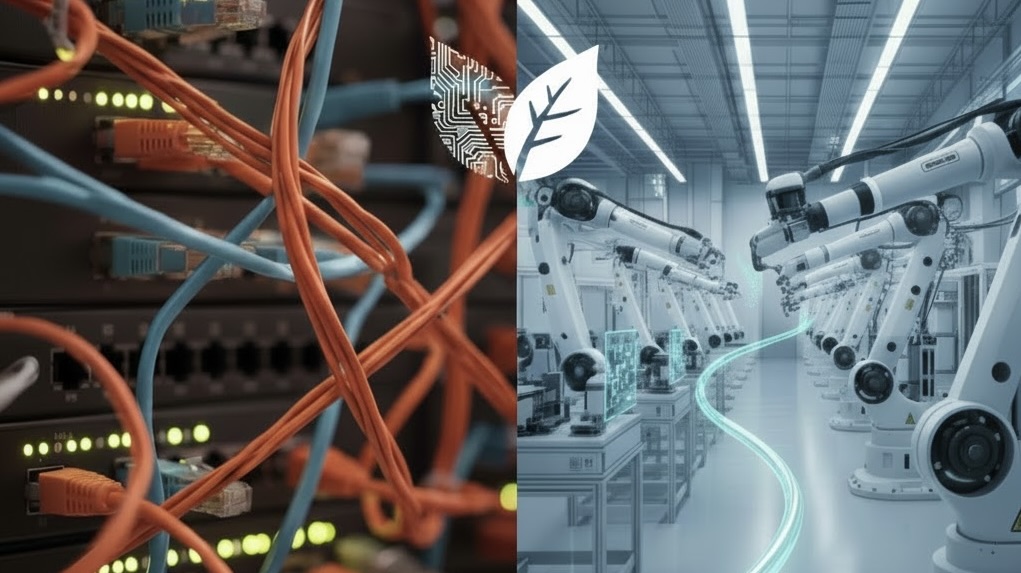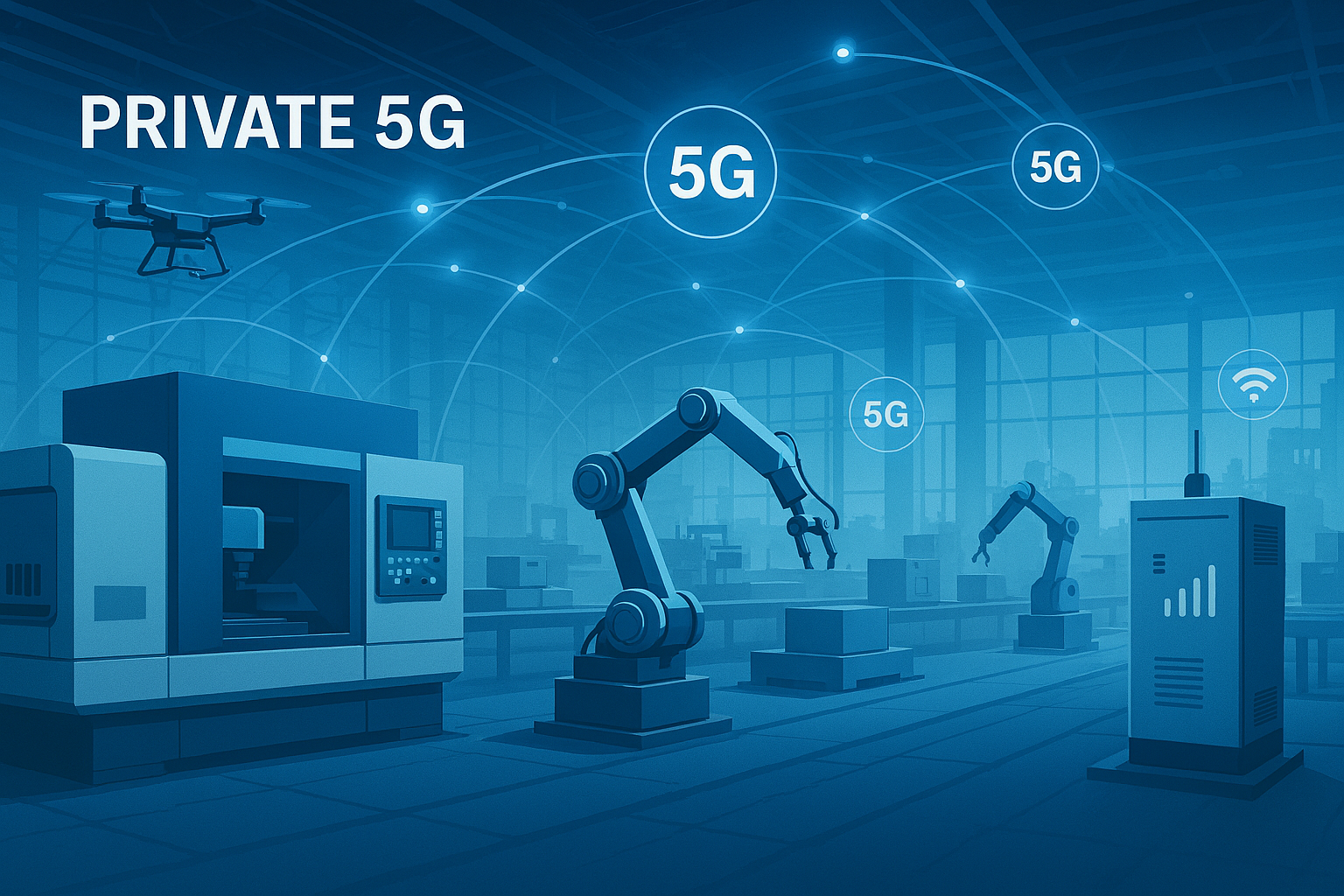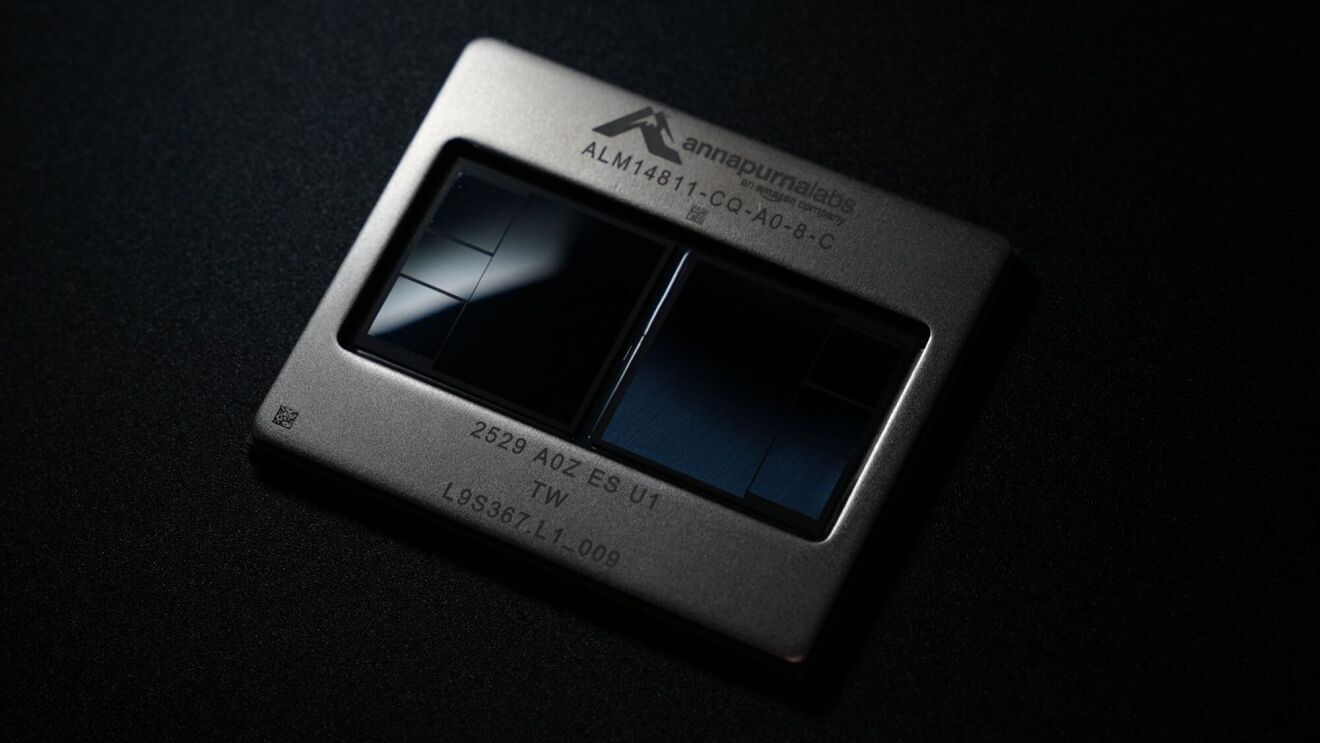Let’s be honest, talking about enterprise networking usually ranks just below “watching paint dry” on the excitement scale. Most of us think about messy wiring closets, blinking lights, and the constant hum of a switch that’s probably plotting its next failure.
For years, we’ve had a networking superhero hidden in plain sight, doing incredible work but only ever getting attention on the residential side: Passive Optical LAN (POL), powered by technologies like GPON (Gigabit Passive Optical Network). You probably have it running to your house, delivering screaming-fast Fiber-to-the-Home (FTTH) speeds. But inside the office park, the warehouse, and especially the manufacturing floor? It’s been treated like a secret handshake only telcos know.
That’s why recent buzz around players like Nokia making noise about their Optical LAN solutions in the enterprise space is so refreshing. It’s like they’re finally shouting, “Hey, this is good for more than just binging Netflix!” The truth is, the fiber to copper LAN we’ve been using is an outdated power hog, and the enterprise world is finally starting to catch up to the fact that POL is a smarter, simpler, and much greener alternative.
The Problem with Copper’s Clutter
Traditional Ethernet networks are a sprawling mess of cables, switches, and distribution frames. Every time you need a high-bandwidth port, you need an active, powered switch—which needs its own air-conditioned closet. Multiply that by a massive facility, and you end up with hundreds of pieces of hardware that are sucking power, radiating heat, and demanding constant maintenance. It’s expensive, it’s complicated, and every four to five years, you have to rip it all out for a bandwidth upgrade.
POL, on the other hand, is deceptively simple. It uses a single-mode optical fiber run back to a centralized piece of gear, the Optical Line Terminal (OLT). Instead of switches, the fiber uses passive optical splitters—which are completely unpowered—to fan out the signal. The result? No more need for those power-hungry intermediate switches or the costly telecom closets to house them.
When Green Meets the Machine
Nowhere is the slow-but-steady adoption of this tech more important than on the manufacturing floor. For decades, the factory has been a brutal environment for sensitive electronics and a nightmare for cable management. But with Industry 4.0 demanding every machine, sensor, and robot be connected, manufacturers are running into a wall with their aging copper infrastructure.
This is where the energy efficiency of POL becomes more than a nice-to-have; it becomes a critical, tracked metric. Companies today are obsessed with their environmental, social, and governance (ESG) reports and are looking for real-world ways to reduce their carbon footprint. By ditching the thousands of Watts consumed by active access switches for a passive, fiber-based solution, enterprises can realize 40-50% power savings on their network infrastructure. That’s a massive win for the environment and the bottom line. Less heat, less cooling, fewer parts, and less power draw all add up to a network that’s not just faster and simpler, but genuinely greener.
The copper curtain is finally falling. As networks become the digital foundation for every manufacturing process—from robotics to AI-driven quality control—adopting a clean, robust, and highly efficient optical LAN isn’t just a suggestion; it’s a necessary step toward building the future of the smart factory.





